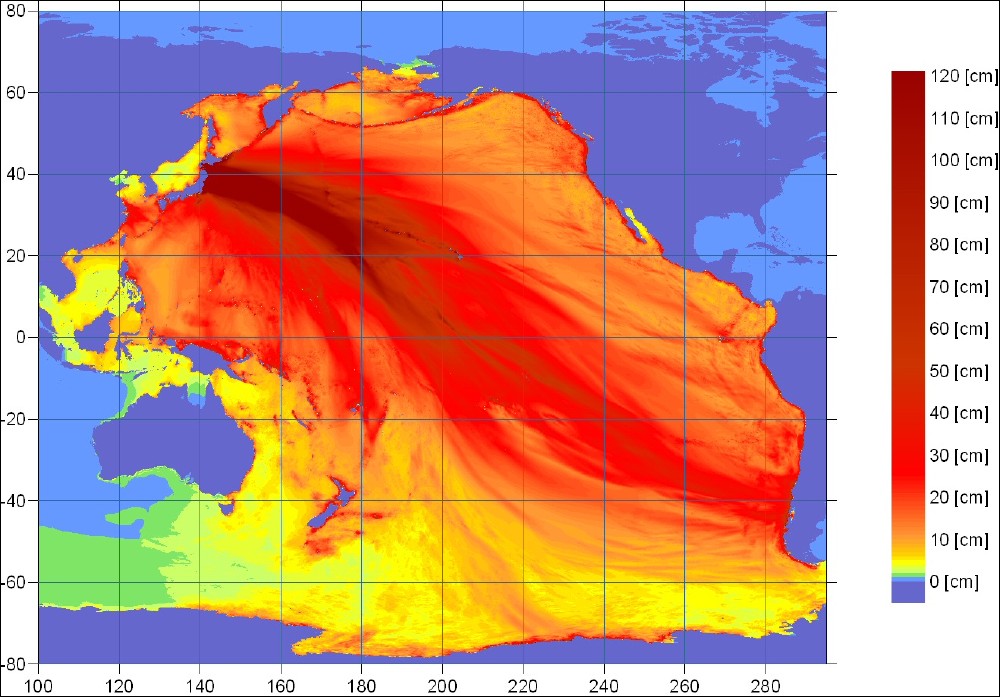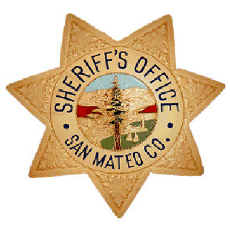Marine Sanctuary: Don’t pup-nap newborn seals
NOAA’s Gulf of the Farallones National Marine Sanctuary warns beachgoers not to interfere with newborn harbor seal pups.
Newborn harbor seal pups, born in late winter and spring, could suffer permanent harm if someone not authorized for marine mammal rescue were to move them. Seals are also federally protected animals under the Marine Mammal Protection Act, and to interfere with one could incur legal penalties.
Each year, healthy harbor seal pups are separated from their mothers by people who mistake them for orphans. Harbor seal mothers normally leave their pups unattended on beaches while feeding at sea. They will later rejoin and nurse them. The presence of humans or dogs near a seal pup could prevent a mother seal from reuniting with her young one.
“The rule of thumb is, if a seal reacts to your presence – you’re too close,” said Jan Roletto, sanctuary marine biologist. “Avoid eye contact and back away slowly until they no longer notice you.”
The San Francisco-based Gulf of the Farallones National Marine Sanctuary, which manages sanctuary waters from Bodega Head south to Point Ano Nuevo, advises concerned beachgoers to report suspected orphaned or injured pups to a park ranger, or to one of the following facilities to assess the need for rescue:
- The Marine Mammal Center 415-289-SEAL (7325) (24 hrs.)
- Gulf of the Farallones National Marine Sanctuary 415-561-6622 x200
Approximately one-fifth of the state’s harbor seals live in the Gulf of the Farallones sanctuary, whose largest breeding grounds are Bolinas Lagoon and Tomales Bay. They haul out in groups ranging from a few to several hundred. Females generally give birth on sandy beaches or rocky reefs to a single pup, which nurses for three to four weeks.


